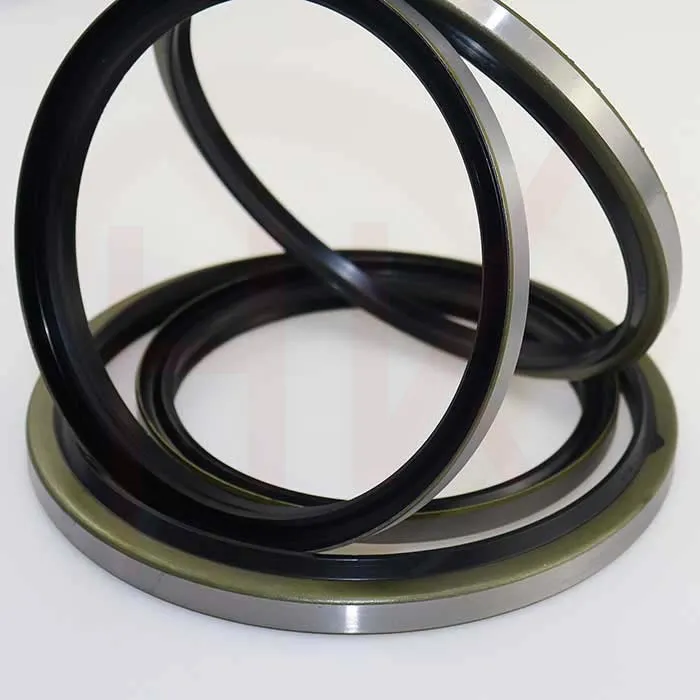Lap . 05, 2024 14:51 Back to list
gearbox seals
Understanding Gearbox Seals Importance and Functionality
Gearbox seals play a crucial role in the performance and longevity of mechanical systems. They are specifically designed to prevent the leakage of lubricants, which is essential for maintaining the efficiency of gearbox operations. These seals are found in various applications, from automotive gearboxes to industrial machinery, and their importance cannot be overstated.
In a gearbox, lubricants are necessary to reduce friction between moving parts, dissipate heat, and protect components from wear and tear. Without effective sealing solutions, these lubricants could leak out, leading to insufficient lubrication, increased friction, and ultimately, mechanical failure. Gearbox seals not only prevent leaks but also help to keep contaminants, such as dirt and water, from entering the gearbox, ensuring that the internal environment remains clean and conducive for optimal performance.
There are several types of gearbox seals, each tailored to specific needs and operating conditions. The most common types include lip seals, O-rings, and gasket seals. Lip seals, for example, are often used in rotating shafts and provide an effective barrier against oil leakage while allowing the shaft to rotate freely. O-rings are circular seals that create a tight seal between two mating surfaces; they are widely used due to their versatility and ease of installation. Gasket seals, on the other hand, are used to fill the space between two surfaces to prevent leakage and can be made from various materials, including rubber, silicone, and metal.
gearbox seals

The choice of seal material is critical as it affects the seal's durability and resistance to various conditions, such as temperature, pressure, and chemical exposure. Common materials for gearbox seals include nitrile rubber, fluorocarbon rubber, and PTFE (Teflon). Each material has its unique properties, allowing engineers to select the most suitable options based on the operating environment and the type of fluids involved.
It is important to regularly inspect and replace gearbox seals as part of routine maintenance. Over time, seals can wear out or become damaged due to factors such as thermal degradation, chemical exposure, or mechanical stress. Failing to replace worn seals can lead to severe consequences, including gearbox malfunction, costly downtime, and potential safety hazards.
In conclusion, gearbox seals are essential components that ensure the proper functioning of mechanical systems by preventing leaks and contamination. Understanding their types, functions, and materials can help in making informed decisions regarding their selection and maintenance. By prioritizing seal integrity, operators can enhance the reliability and efficiency of their gearboxes, ultimately leading to improved performance and reduced maintenance costs. As technology advances, continuous innovation in sealing solutions will further contribute to the longevity and efficiency of gearbox systems across various industries.
-
Unlocking the Potential of Hydraulic Systems with Essential Sealing Solutions
NewsAug.06,2025
-
Unleash the Power of Your Hydraulic Systems with Our Premium Seal Kits
NewsAug.06,2025
-
Specialized Hydraulic Seal Kits for Breakers, Pistons, and Presses
NewsAug.06,2025
-
Revitalize Hydraulic Systems with Premium Repair and Seal Kits
NewsAug.06,2025
-
Fortify Your Cylinders with Premium Sealing Solutions
NewsAug.06,2025
-
Elevate Hydraulic System Reliability with Specialized Seal Kits
NewsAug.06,2025
-
TCN Oil Seal Metal Ring Reinforcement for Heavy Machinery
NewsJul.25,2025
Products categories
















